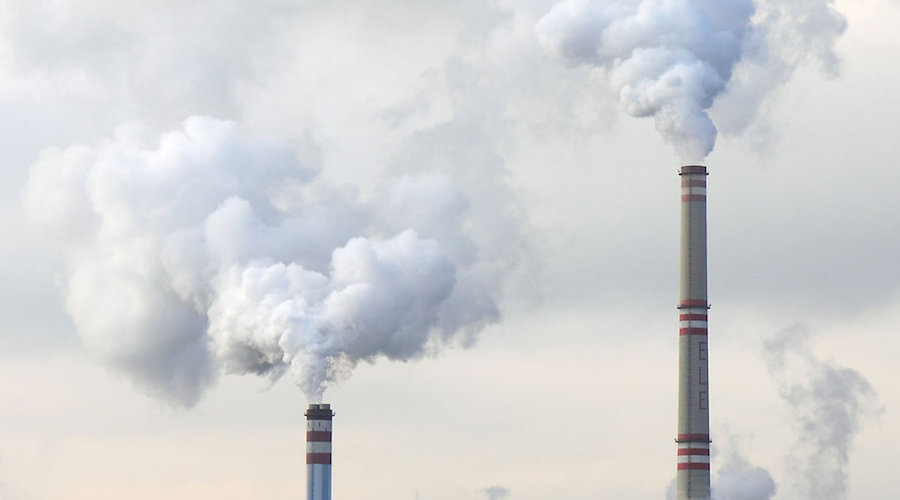
Mercury likely originated in small-scale gold mining operations and coal-burning power plants in the northern hemisphere is reaching the Australian tropics, new research has found.
According to scientists from a variety of institutions in New South Wales, polluted northern hemisphere air travels thousands of kilometres from north to south. During the wet season, concentrations are not very high, but they tend to spike for a few days.
The explanation behind this phenomenon is in the movement of the “chemical equator,” a barrier that for the most part shields Australia from northern hemispheric air but that changes its location throughout the year as the position of the sun shifts. When this “chemical equator” moves so far south that the top end of Australia actually falls within the atmospheric northern hemisphere, polluted northern hemisphere air can flow directly to the tropical regions of the country.
By tracing the air backwards in time, the scientists found that the high-mercury air travelled over the Indonesian archipelago before arriving in Australia.
The team led by Dean Howard from the Department of Environmental Sciences at Macquarie University also found that during the dry season, when the winds shift from blowing over the ocean to blowing over the land, mercury concentrations rise and stay high for longer periods compared to the wet season.
These events are part of a cycle that starts with mercury being removed from the air and deposited to the ocean and the land by the intense rains of the wet season. Once the dry season begins and bushfires start taking place, the element previously absorbed by grasses and trees is released back into the atmosphere.

To be able to figure out where the mercury spikes were coming from, the researchers worked for two years at the Australian Tropical Atmospheric Research Station and used models that combine a deep understanding of atmospheric physics with real observations of wind and other meteorological parameters.
“The cross-boundary influences on mercury that we have observed in northern Australia highlight the need for the type of multinational collaboration that the Minamata Convention will foster,” they stated in The Conversation.
The Minamata Convention on Mercury, which is a United Nations treaty that came into force on August 16, 2017, commits participating countries to limit the release of mercury and monitor the impacts on the environment.
3 Comments
RTS Support
Sorry to hear that. What the reaction of Australian citizen about this news? Are they also aware for this happening?
Regarding to topic, how many years before they reach to Southern Hemisphere?
Chris Pritchard
Notice no mention of concentrations. Much to do about nothing and something to justify the UN’s existence.
Gary
Wonder if they use the same models that predicated the global temperatures to be a lot higher than they actually are?